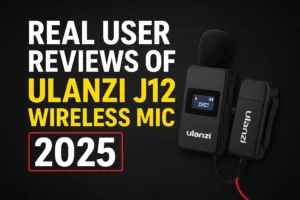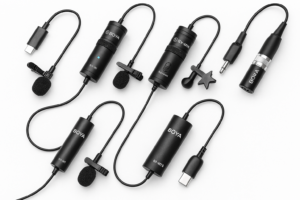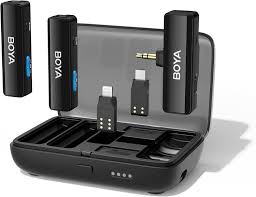- You have no items in your shopping cart
- Subtotal: ₹0.00
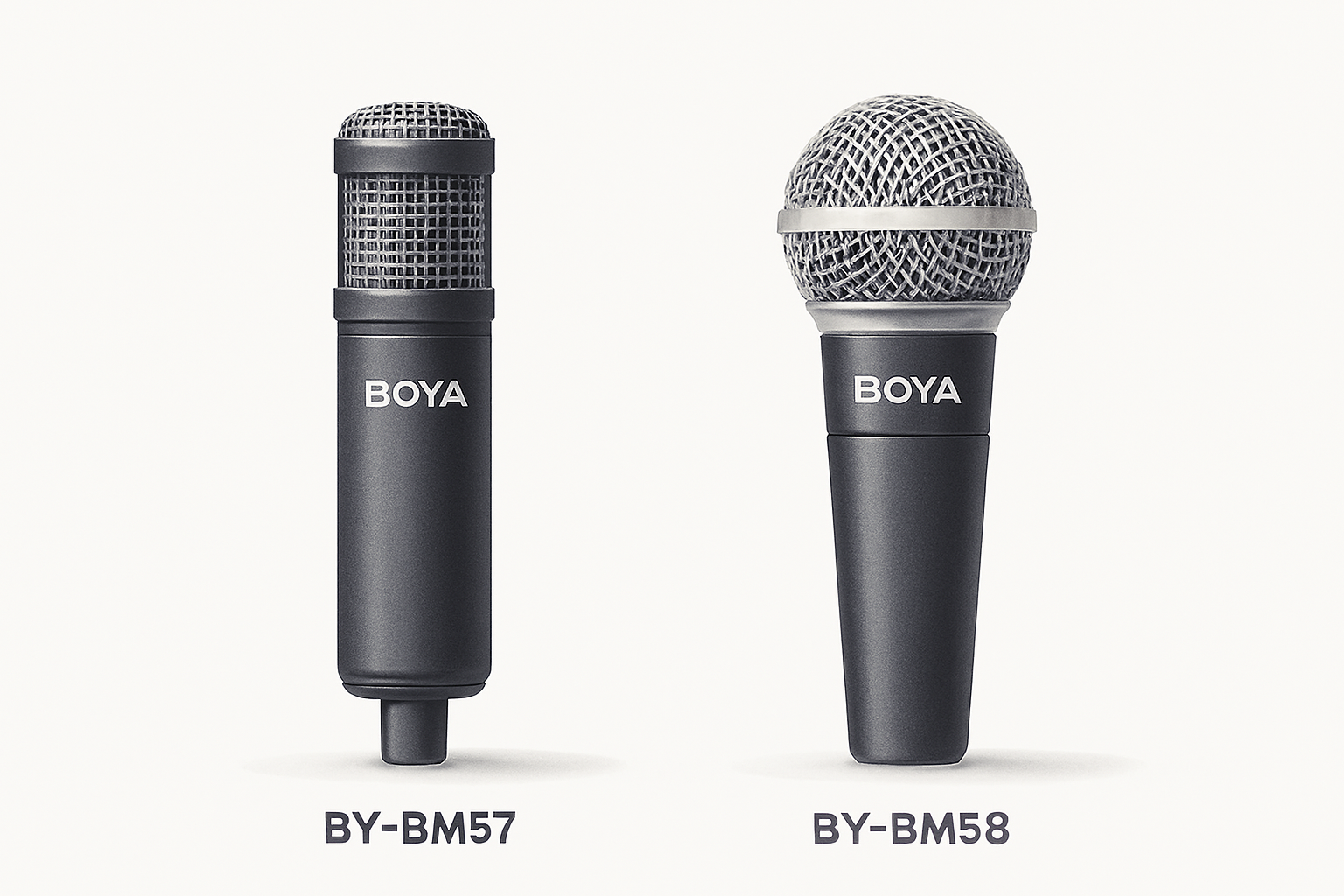
Choosing the perfect microphone can make all the difference for your recordings, live performances, or content creation. Whether you are a musician, vocalist, podcaster, or YouTuber, picking the right cardioid dynamic microphone ensures professional-quality sound. BOYA offers two top options: the BY-BM57 and BY-BM58.
In this guide, we’ll do a detailed comparison covering features, performance, pricing, setup, accessories, maintenance, and real-world usage tips, so you can confidently choose the right microphone in 2025.
Product Overview
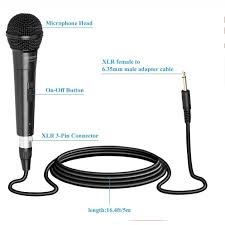
BOYA BY-BM57 Features & Specs
The BY-BM57 is a professional cardioid dynamic instrument microphone designed for musicians and live performers. Key highlights:
- Comes with a 5-metre XLR cable, built-in pop filter, mic mount, and carrying bag
- Best for: Guitars, drums, keyboards, and other live instruments
- Build quality: Sturdy metal construction ensures durability for stage and studio
- Sound: Captures rich, clear instrument tones with minimal background noise
BOYA BsY-BM58 Feature & Specs
The BY-BM58 is a versatile cardioid dynamic microphone optimized for vocals and general-purpose recording:
- Lightweight and easy to handle
- Perfect for: Singers, podcasters, home studio users, and YouTube content creators
- Build: Durable, high-quality construction ensures long-term usage
- Sound: Clear and crisp vocal reproduction with noise rejection
Pros & Cons
BM57 Pros & Cons
Pros:
- Ideal for instrument recording
- Long XLR cable included
- Built-in pop filter, mic mount, and carrying bag
- Highly durable
Cons:
- Slightly heavier than BM58
- Less suitable for vocal-only recordings
BM58 Pros & Cons
Pros:
- Excellent for vocals and general use
- Lightweight and portable
- Long-lasting and durable
Cons:
- No included cable or accessories
- Not optimized for instruments
Price & Value for Money
- BM57: ₹3,229 (Original ₹9,995) – includes pop filter, mic mount & carrying bag
- BM58: ₹3,454 (Original ₹9,995) – ideal for vocals & general recording
Performance & Sound Quality
The BM57 excels at capturing instrument tones. Whether it’s a guitar, keyboard, or drum set, the cardioid dynamic design minimizes background noise and isolates the main sound source. On stage or in a studio, it delivers consistent, professional-quality sound.
The BM58, on the other hand, is designed for vocals. Singers, podcasters, and content creators will appreciate the clear, crisp sound.
Its lightweight build makes it easy to handle during long sessions. Both microphones are built to reject unwanted noise, making them ideal for home studios, live performances, or YouTube recording setups.
Use Cases: Who Should Buy?
BM57 Use Cases
Instrumentalists performing live or recording in a studio
Musicians needing a durable microphone with accessories
Stage performers who want long cable flexibility
BM58 Use Cases
- Singers recording vocals at home or in a studio
- Podcasters and YouTube content creators
- Anyone who needs a lightweight, versatile microphone for multiple purposes
Setup & Usage Tips
Setting up either BM57 or BM58 is straightforward:
- Connect the XLR cable (BM57 comes with it; BM58 requires separate purchase if not included) to your audio interface or mixer.
- Position the microphone with the cardioid pattern facing the sound source.
- For vocals, maintain 6–12 inches distance for best results.
- Use the built-in pop filter (BM57) or add a separate pop filter to reduce plosives.
- Adjust gain levels carefully to avoid distortion.
Tip: For live instruments, angle the BM57 slightly to capture the instrument’s resonance and reduce stage noise.
Maintenance & Durability
Keep microphones away from moisture and avoid drops
Clean the metal body with a soft cloth after use
Store in carrying bag or stand when not in use
Both mics are designed to last years with proper care
Conclusion
BM57: Ideal for instrument players, live performers, and studio setups needing accessories like a pop filter and XLR cable.
BM58: Perfect for vocalists, podcasters, and content creators looking for a lightweight, versatile microphone.
Buy Now:
Can I use BM57 for vocals?
Yes, but the BM58 is optimized for vocals and provides better clarity.
Are these microphones beginner-friendly?
Absolutely. Both are easy to set up and use for beginners and pros.
Do they work with audio interfaces?
Yes. Both are XLR-compatible and work with most mixers and audio interfaces.
Which microphone is better for live performance?
BM57 is better for instruments, while BM58 is better for vocal performances.
How do I maintain these microphones?
Keep them dry, clean after use, and store in a stand or carrying bag.

